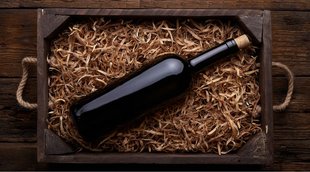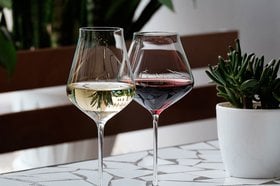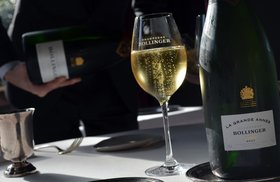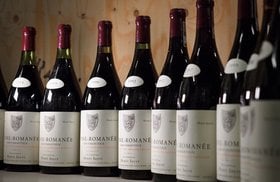Rare Wine: Top 14 Collectibles & How To Invest In Them
Want to invest in rare wine?
Rare wine is one of those investments that appreciate in value and quality over time. Some of them like the rare red and white Burgundies have had an extraordinary price run-up in the last few years, greatly outpacing stock market performance.
As an investment, rare wine can give you much higher yields than any other conventional financial instrument.
You can even uncork your precious bottle of 1964 Dom Perignon for a special occasion.
But, what rare wine bottles should you buy, and how do you buy them?
What are the costs involved?
How do you know if they’re authentic or not?
Don’t worry! In this post we’ll tell you all about rare wine and the 14 best rare wines that you can get ahold of. We’ll also show you the easiest way to invest in them!
Further reading
- If you’re keen to know how to store wines perfectly, Read This Article.
- And, to discover the smartest way to sell your wine, Click Here.
What Are Rare Wines And Why Should You Collect Them?
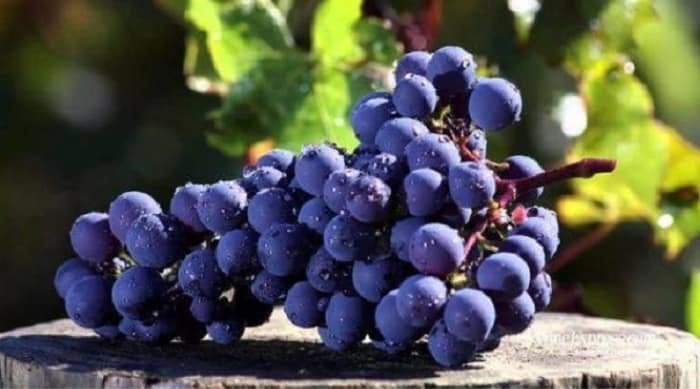
The word ‘rare’ implies that there are only a few bottles left for collectors to buy.
But what causes a wine’s demand to multiply over the years?
When wine from a specific vintage gains cult status, people rush to buy it. This is because each vintage carries unique properties, and its flavor can never be recreated again. This is usually how it moves up to the “rare wine” league.
A bottle of wine with an extraordinary history (like the 1907 Heidsieck, salvaged from a shipwreck) is also rare and can attract sky-high prices and discerning buyers.
So, if you invest in rare wines you can find a high net worth buyer, a specialty restaurant or a boutique wine merchant to sell them for a premium in the future.
But, what makes wines rare and expensive?
Here are the factors behind it:
1. Grapes from exceptional vintages
Grapes are quite sensitive to subtle shifts in the microclimate of the vineyard. A slight change in temperature or humidity is enough to alter their taste and that of the wine.
That’s why grapes from the same vineyard taste slightly different from year to year. Wines from a particularly good harvest can be valued very highly in the market.
2. Low production
Some vineyards are known for their high quality yields of a very small number of bottles.
But why is the production kept so low?
Some winemakers use only the highest quality grapes using expensive procedures that are tough to replicate for a bigger batch.
In some cases, the vineyard itself is small, so only a few grapes are produced. Some boutique wine producers who specialize in single vineyard wines use grapes only from the same vineyard for each batch. They’re extremely picky about the quality of their grapes, so they press only the crème de la crème of the vineyard produce.
They may also source grapes from small, independent vineyards where the grape production is low.
3. Longevity
One of the most definitive indicators for a wine’s value is its aging potential - the number of years a wine needs to be stored to reach full maturity.
In storage, a number of complex reactions alter the wine’s composition, alcohol content, sweetness, etc. It may have started as a young, harsh wine. But in 10 to 12 years, it can gain in complexity and nuanced qualities that bring out its full bouquet of flavors.
And that’s why we say ‘aging like fine wine’!
Let’s look at the best rare wines you should look for.
14 Rare, Collectible Wines By Region
We’ve handpicked the best and the rarest wines from the most well-known wine regions of the world. You’ll also find a brief overview of the regions to give you a broader perspective.
1. France
French wine has a rich history spanning thousands of years. France is one of the biggest producers (and consumers) of wine in the world.
If you want to discover more about French wines, check out these two guides:
- Ultimate Guide To French Wine Regions (2020)
- Ultimate Guide To French Wine (Top 21 Wines, Regions, Terms)
Here’s a list of the best and rarest French wines by region.
A. Bordeaux
This region in southwest France is divided by the Garonne river and is best known for its reds.
Pétrus, Pomerol, 1999
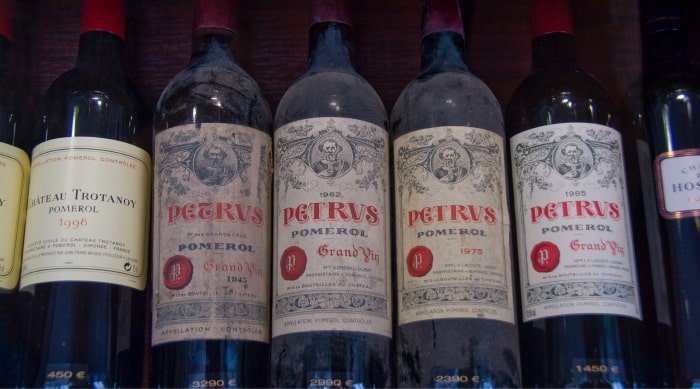
A blend of 95% Merlot and 5% Cabernet Franc grapes, this deep purple-colored wine is made in Château Pétrus.
Since 2010, the Chateau has made wines exclusively from Merlot grapes, rather than traditional blends of Merlot and Cabernet Sauvignon. This makes the 1999 batch the last of its supreme blends.
The 17-acre plot produced only over 2500 bottles of this exceptional wine in ‘99 (as opposed to the usual 4000).
Wine critic Robert Parker estimated that it’ll reach its maturity between 2006 and 2025. No wonder its price has been steadily climbing up since 2006. So if you’re planning on investing, now’s the right time!
Original price: $733 (per 750ml bottle)
Current price: $2218 (per 750ml bottle)
B. Burgundy
This ancient wine-producing region is synonymous with red wines made with Pinot Noir grapes and white Chardonnay wines.
Domaine de la Romanée-Conti Romanée-Conti Grand Cru, 1972
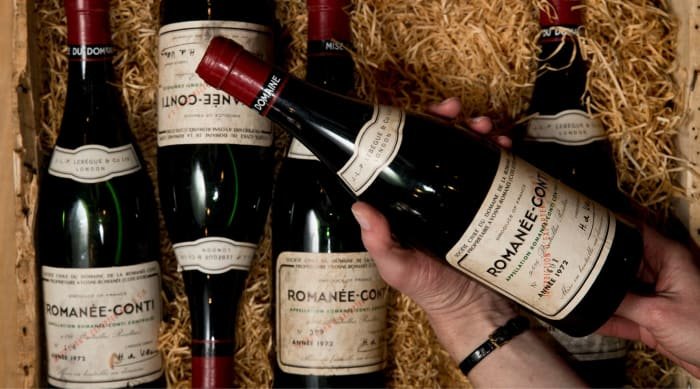
Easily the most respected and recognized brands of Burgundy, Domaine de la Romanée, created this varietal wine with the finest Pinot Noir grapes from the Romanée Conti vineyard.
Wine lovers and critics alike love this dry wine for its earthy notes of mushrooms, smoke, delicate spices, berries, and the forest floor.
The small size of this vineyard means that they’ll produce no more than 450 cases each year and wine connoisseurs are certainly ready to pay high prices!
The 1972 vintage from Domaine de la Romanée Conti, with an average aging potential of 53 years, is close to its full maturity.
Original price (2000): $1,265 (per 750ml bottle)
Current price: $11,284 (per 750ml bottle)
C. Rhône
This southern wine region specializes in Syrah-based wines and boasts of a handful of other exceptional varietals like Marsanne, Roussanne, and Viognier.
Côte-Rôtie, La Landonne, Domaine René Rostaing, 2009
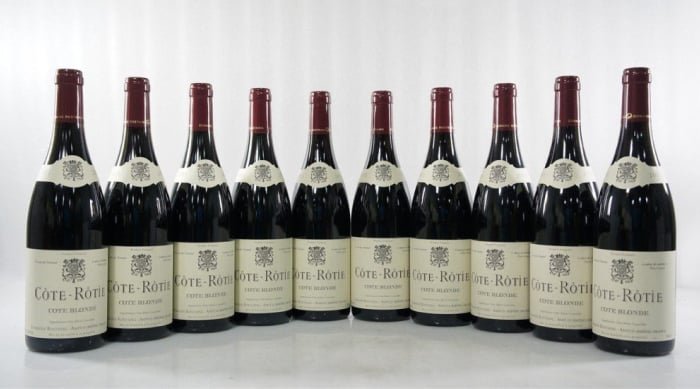
Situated at the northernmost tip of the Rhone region, Côte-Rôtie produces the quintessential Syrah wines that the region is renowned for.
The 2009 vintage from Domaine René Rostaing is a fine example of a fruit-scented red wine. It possesses strong notes of black cherry and blackcurrant along with a touch of smoke.
Experts predict it will mature over 15 years (by 2025), and it has quickly been disappearing from shelves! It’s ideal as a short term investment as well as for pampering your taste buds!
Original price: $88 (per 750ml bottle)
Current average price: $141 (per 750ml bottle)
D. Champagne
This cool and high altitude wine region is most well known for its trademark sparkling wines.
Heidsieck Monopole Gout American, 1907
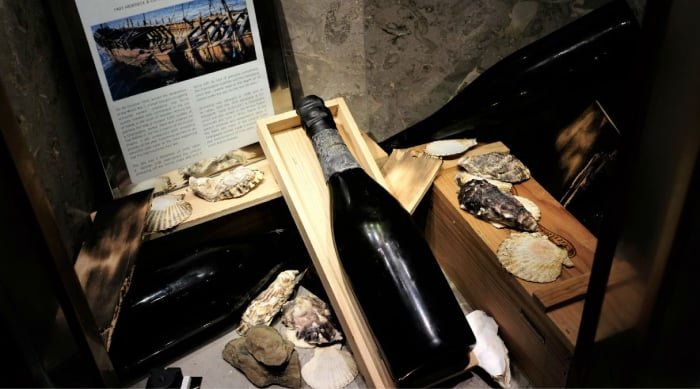
Few bottles of wine have been through as many adventures as the 1907 Heidsieck.
As the legend goes, 3000 such bottles were being smuggled into Russia during the First World War, onboard the Swedish schooner Jönköping. But the Germans intercepted it in the Baltic sea. The ship sank in an explosion, and the bottles were lost forever…
Until 1997, when a Swedish team salvaged the fine wine from the shipwreck in perfectly drinkable condition! The bottles remained in sterile conditions on the sea bed - for over 80 years.
Needless to say, collectors are willing to pay a huge price for this piece of history in their wine collections.
Original price (in 1998 auction): $83 (per 750ml)
Current average price: $4,170 (per 750ml bottle)
Krug Clos d'Ambonnay, 1995
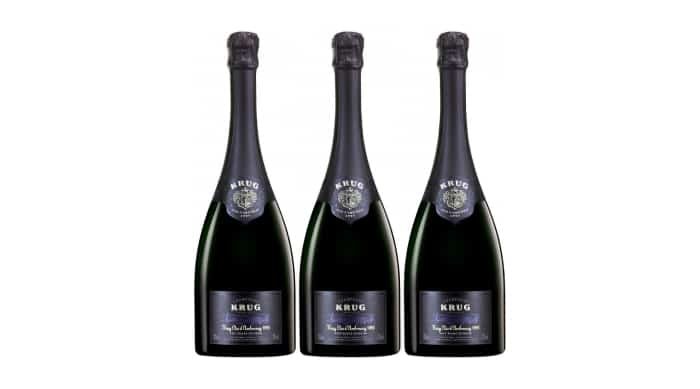
This single vineyard Champagne, made with Pinot Noir grapes from the best crus (or premium vineyards) was the industry’s best-kept secret for a full 15 years!
The Champagne, noted for its creamy texture and hints of hazelnut, is currently close to its maturity.
Brothers Rémi and Henri Krug named it the jewel in their crown, and it’s priced like one too!
Original price: $295 (per 750ml bottle)
Current average price: $2596 (per 750ml bottle)
2. Italy
Italian wine history began with Greek colonization around 800 BC and now relies on 350 homegrown varieties of grape.
A. Tuscany
The most widely grown grape variety in the Tuscan wine region is the Sangiovese, followed closely by Trebbiano for white wines.
Biondi Santi Brunello di Montalcino Greppo, 1999
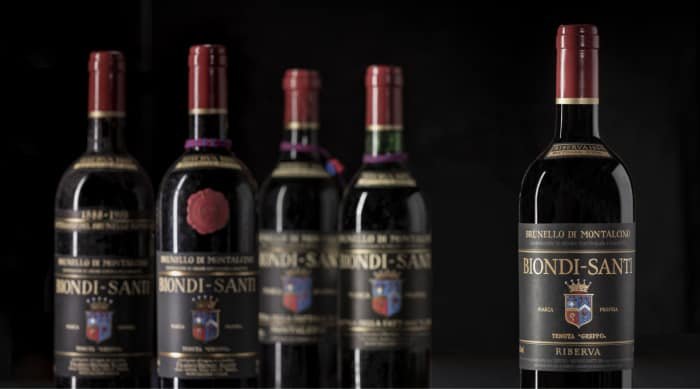
This red wine is known for its immensely layered and complex taste with hints of licorice and tar.
It reached its maturity in 2015 and will be excellent to drink till 2048. This long shelf life means that the wine is in its prime.
And as part of a small batch of 4,660 cases that are fast running dry, it’s in demand all year long.
Original price: $55 (per 750ml bottle)
Current price: $166 (per 750ml bottle)
B. Piedmont
The hilly region covered by the Alps is famous for its superior quality Barolo and Barbaresco wines.
Barolo Riserva Monfortino, 1997
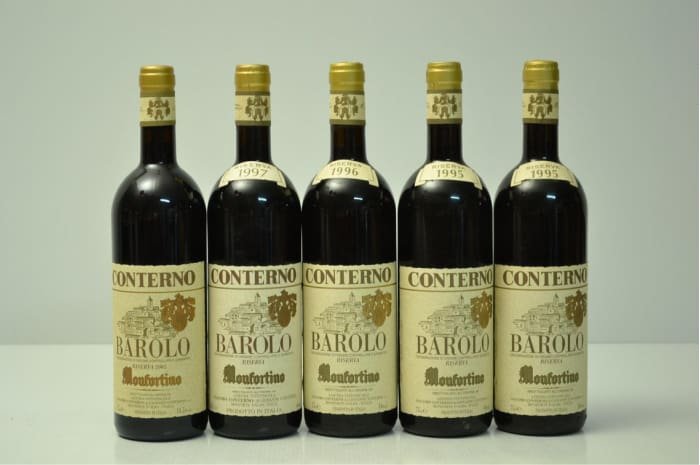
A classic example of Piedmont’s Nebbiolo wines, this wine from Giacomo Conterno is opulent and lingers on your palate.
Each vintage produces just over 580 cases, reserved in barrels in a cellar for nearly 7 years. This allows the notes of cypress, earth, and cigar box to perform their magic.
Original price: $232 (per 750ml bottle)
Current price: $1206 (per 750ml bottle)
Bruno Giacosa Barbaresco Asili, 2001
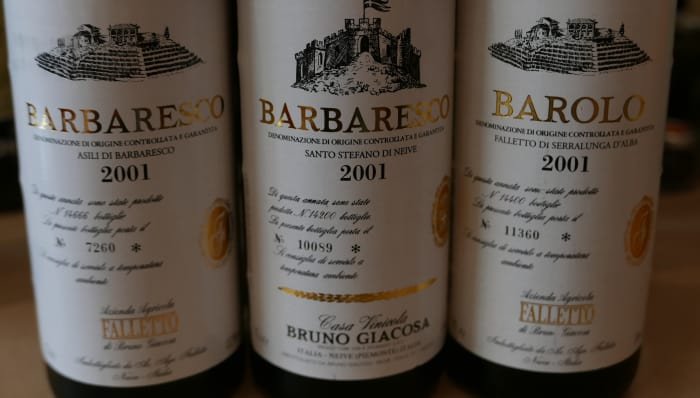
The 2001 Nebbiolo harvest is historical for its balance and charm and has been the source of some of the best wines from the region.
The Bruno Giacosa is a fine example of this vintage with layers of ripe fruit coupled with notes of spices and flowers.
In another 6 to 10 years, this fine red will bring its whole personality to your palate. And its price has been climbing steeply in anticipation of this moment.
Original price: $71 (per 750ml bottle)
Current price: $424 (per 750ml bottle)
3. Spain
Spain has over 400 grape varieties but produces nearly 88 percent of its wine from traditionally popular varieties such as Tempranillo (for reds) and Albariño (for whites).
A. Rioja
Rioja is the most prestigious of Spanish wine regions that prides itself on its high-quality yields of Tempranillo, Viura, Garnacha, Graciano, and Mazuelo grapes.
La Rioja Alta, Gran Reserva 890 ‘Seleccion Especial’, 2005
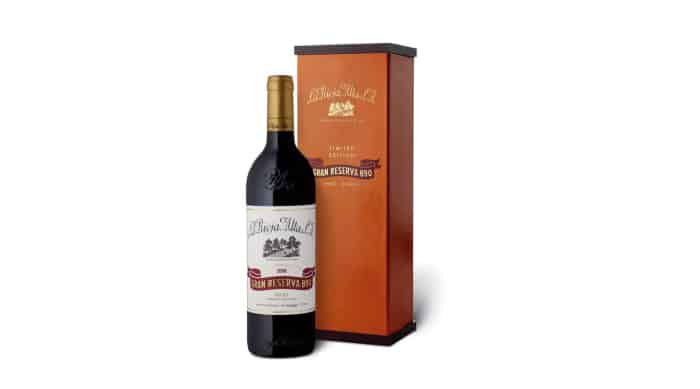
The La Rioja Alta winery improved their harvesting methodologies in 2005 - refrigerated transport to the winery, and 350-kilo boxes for example. This allowed them to reap a superior yield of Tempranillo, Graciano, and Mazuelo, from which this red wine is made.
This wine was aged 6 years in bodegas (wine cellar) before bottling, causing the tannin content to melt away, and then left to age further until 2018.
On its eventual release in the UK market, critics and enthusiasts confirmed that it rivaled the perfection of the 1964 - widely known as the estate’s masterpiece of the 20th century.
It’s only the second time in the brand’s history that a particular vintage has been labeled ‘Seleccion Especial’. This makes it part of an elite collection, sold for a very limited period on its release.
Original price: $80 (per 750ml bottle)
Current price: $139 (per 750ml bottle)
B. Ribera del Duero
This historic wine region is situated in the country’s northern plateau and has a rich history of producing delectable red wines from Tinto Fino (or Tempranillo), Merlot, and Cabernet Sauvignon.
Pingus, 1995
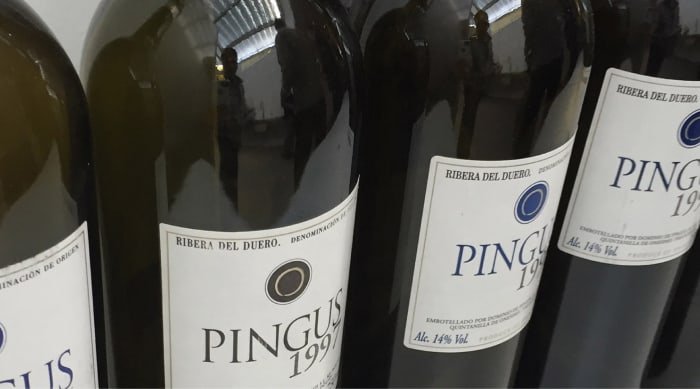
Dominio de Pingus, a boutique vineyard noted for not fertilizing its soil or using pesticides, gained cult popularity with its very first vintage in 1995.
This first batch (of just over 3900 bottles) set the benchmark for Pingus’ reputation as a producer of quality reds.
In this highly dry and acidic wine, one can sense whiffs of leather, oak, barrel, and a few fruity notes.
Its high market yield, year after year, makes Pingus a favorite among high net worth collectors.
Original price: $566 (per 750ml bottle)
Current price: $1,168 (per 750ml bottle)
4. Portugal
Portugal is home to some of the most unique grape varieties like Verdelho and Alvarinho and churns out the best Port wine in the world.
A. Madeira
The island of Madeira is known for its trademark red wines that respond well to its warm and humid climate.
Charleston Sercial Madeira, 2009
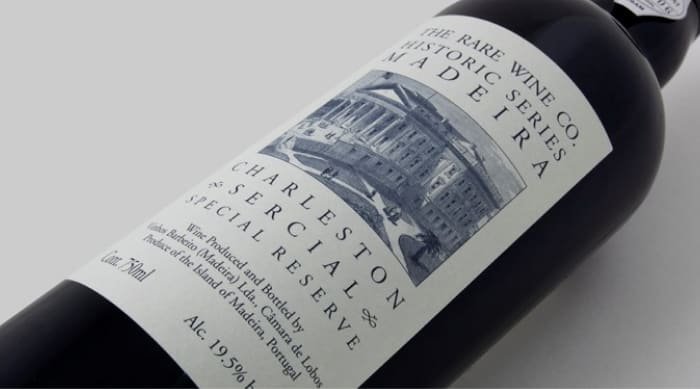
In 1998, the Rare Wine Co embarked on a project to create a ‘historic series’ of Madeira blends.
The result was a line resembling vintage port wines, named after American cities like New York and Boston, which have a strong Madeira connection.
Charleston Sercial Madeira is part of the limited historic series that makes you yearn for an age gone by. Its dry profile is high in acidity and tinged with honey, nutty aroma, and candied citrus flavors.
This wine will transport you back to the docks of the 19th century, even when you drink it in 2028!
Original price: $50 (per 750ml bottle)
Current price: $55.99 (per 750ml bottle)
5. Germany
Most of Germany’s wine comes from frost resistant and early harvest grapes like Riesling, which makes renowned white wines.
A. Mosel
The cool and continental climate in Mosel is favorable to Riesling, Müller-Thurgau, Chardonnay, and Ortega varieties of grapes.
Egon Müller Scharzhofberger Riesling Trockenbeerenauslese Magnum, 2017
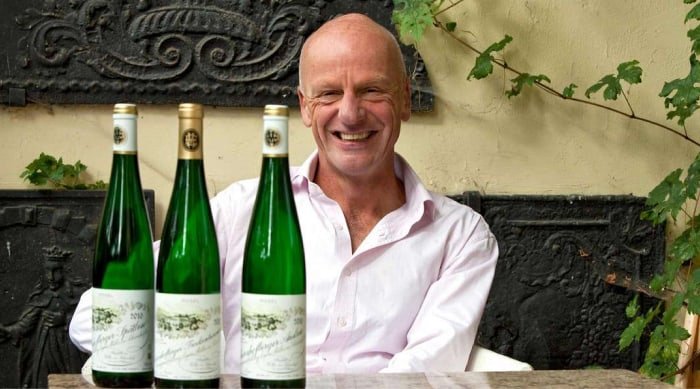
The Egon Müller estate prides itself on preserving traditional viticultural practices such as using minimal pesticides and maintaining a low yield in order to protect the land’s fertility.
This, of course, means that the winery produces a very limited number of bottles of its prized white wine.
However, you can be sure that the value of an Egon Müller will rise exponentially over the years. It frequently features on the ‘most expensive wines’ lists.
This sweet wine with aromas of exotic spices and marzipan is best complemented with a fruit-based dessert.
Original price: $9,864 (per 750ml bottle)
Current price: $14,665 (per 750ml bottle)
6. USA
The USA is one of the largest producers of great wine, with nearly five centuries of winemaking history.
A. Napa Valley, California
California’s temperate but sunny climate is ideal for growing a diverse range of Cabernet Sauvignon, Chardonnay, and Syrah wines.
Screaming Eagle, 1997

With just over 500 cases from each vintage, this California winery sets new records for the most highly valued wines each year.
Robert Parker’s tasting notes reads, “It doesn’t get better than 1997 Cabernet Sauvignon, a perfect wine.”
He went on to give it a perfect 100 for how tastefully it represents the essence of cassis liqueur and sweet fruits. It’s easily one of the most memorable vintages from this classic vineyard.
Original price: $1,804 (per 750ml bottle)
Current price: $4,125 (per 750ml bottle)
7. Australia
Australia may have started cultivating grapes relatively late (in 1788), but it quickly grew to become one of the biggest exporters of wines worldwide.
A. Barossa Valley, South Australia
The predominantly continental climate of this wine region is ideal for Syrah as well as some white wine grapes such as Riesling and Chardonnay.
Penfolds Kalimna Block 42 Cabernet Sauvignon, 2004

The reputed Australian winemaker sets a premium on the quality of its grapes and has released only a handful of vintages since 1953.
What sets the 2004 Block 42 apart is not just its aromatic and dense flavors, but also its unique packaging. Penfolds commissioned glass artist Nick Mount to create 12 exquisite ampoules for a limited edition release - looking almost like a delightful wine artifact!
Original price: $119,683 (per ampoule and wooden cabinet)
Current price: $154,320 (per ampoule and wooden cabinet)
Now, it’s definitely not easy to get hold of a rare white Chablis or a red Burgundy wine.
You’ll need to be a close insider of the wine industry to know of exclusive wine tastings, releases and elite wine events.
You’ll also have to scour wine auction websites, membership-based wine industry sites, and more to keep tabs on which rare wines you can buy.
Besides, you’ll need to beware of counterfeit bottles and fraudulent salespeople as well.
But there’s a way out.
Your easiest option is to entrust a reliable wine investment company like Vinovest to buy authentic rare wine bottles for you.
How does that work?
Invest In Rare Wine Through Vinovest

With Vinovest, you can build a bonafide portfolio of rare wines from all over the world. Vinovest not only helps you buy authentic rare wines, they also store them perfectly, and sell them at the right time at attractive prices.
How does wine investment work on Vinovest?
Just follow these simple steps:
- Sign up on the Vinovest website.
- Answer questions about your investment preferences and risk appetite.
- Fund your account with a minimum of $1,000.
- Track your portfolio online.
Benefits of investing through Vinovest
Once you’ve signed up with Vinovest, you can rest easy knowing that your investment is safe. Here’s what you get:
Easy Buying and Selling
The proprietary Artificial Intelligence-based financial model uses historical data to develop a balanced portfolio of high performing wines for you.
Best Prices
You’ll never have to deal with middlemen. Because Vinoest buys directly from the best wineries, wine exchanges, and wine merchants ensuring that you buy wines at the best possible wholesale prices.
Optimal Storage
Vinovest will keep your rare wines safe by storing them in bonded warehouses with perfect conditions of light, temperature, and humidity.
Check Provenance and Authenticity
Rest assured that you’re investing only in genuine bottles of rare wine, as Vinovest verifies their provenance and authenticity.
Balanced, Curated Portfolio of Wines
Vinovest’s team of sommeliers will handpick a selection of the best, rare wines for your portfolio - based entirely on your investment preferences.
Access to a Deep Network
When the time comes to sell your precious wine collection, you’ll benefit from Vinovest’s global network of wine merchants and collectors. You’ll also get access to limited series wine releases, private sales, and upcoming vineyard visits.
Low Overall Costs
A fixed 2.5% annual fee (1.9% for a portfolio above $50,000) will cover buying your wines, authenticating and storing them, a full insurance policy at market value, portfolio management, and selling your bottles.
Ownership
The good part is that you own the wines you buy.
Easy delivery
Vinovest will deliver your wine safely to your buyers, or to your home if you wish to take a sip from your favorite bottle.
In Conclusion
A rare wine in your collection is almost like owning a piece of history.
But, they’ve only been accessible to wine industry insiders and experts. You’ll also have to pay high commissions to brokers besides having to deal with counterfeits.
Only until now! With Vinovest, you’ll be able to easily build in a stellar wine collection, including rare wines from anywhere in the world.
So, get ready to sit back and watch your portfolio grow in value over time. Sign up to Vinovest today!
